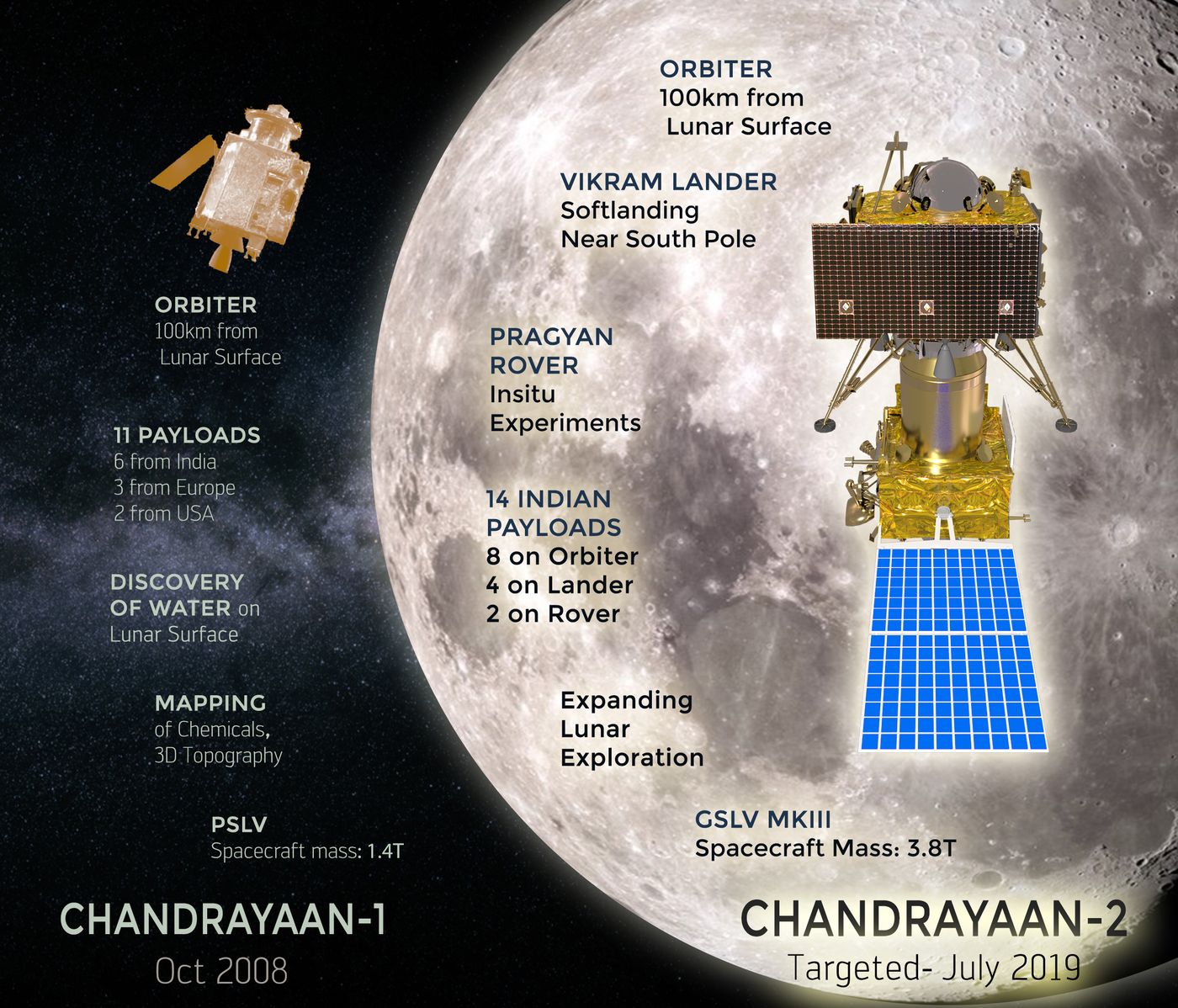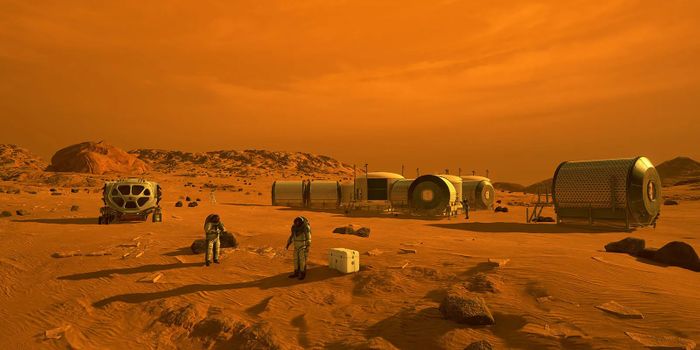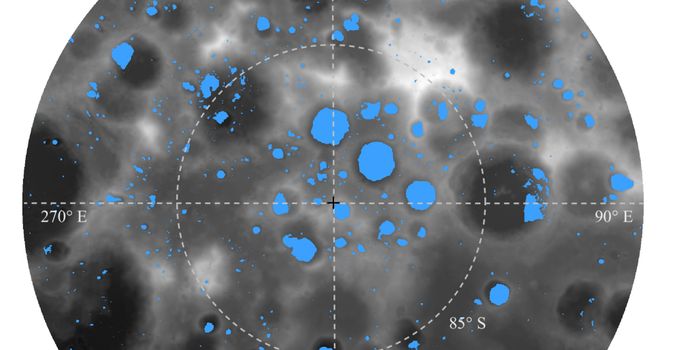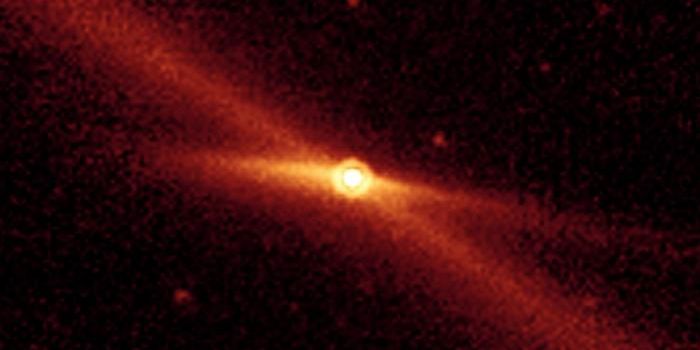India's Chandrayaan-2 Lunar Mission Has Gone Terribly Wrong
The Indian Space Research Organization (ISRO) launched a particularly important mission dubbed Chandrayaan-2 on July 22nd. Its long-term goal was to study the Moon’s South pole and investigate the presence of water ice there; moreover, the mission would have made India the fourth nation in the world to conduct a controlled landing on the Moon’s surface, and the first to do so at the Moon’s South pole.
Image Credit: ISRO
Chandrayaan-2 has spent the last several weeks closing in on its target, and for the most part, everything appeared to be going according to plan. Unfortunately, ISRO scientists were smacked in the fact with a significant setback on Saturday when the team purportedly lost contact with Chandrayaan-2’s Vikram lander just moments before it was poised to touch down on the lunar surface.
Related: Check out Blue Origin's latest lunar lander concept
ISRO scientists still aren’t exactly sure what happened. It could have been a temporary communication disruption that will be reestablished in the coming weeks, or worse, perhaps the lander and the Pragyan rover it encompassed were destroyed during the landing attempt. Whatever the result, the fate of the mission is unknown at this time, and as you might come to expect, ISRO scientists aren’t taking it very well.
Indian Prime Minister Narendra Modi was seen consoling the devastated IRSO scientists on Saturday shortly after the mishap transpired. “The Best is yet to come in our space program,” he said in an uplifting comment to the ISRO team. “India is with you.”
Related: According to NASA, there's water ice on the Moon
While no one can possibly predict the fate of the Chandrayaan-2’s Vikram lander and Pragyan rover this early in the game, the Chandrayaan-2 orbiter itself continues to orbit the Moon and operate as expected. The latter will map the lunar surface over the course of the next year and search for water ice deposits – especially in the South pole region. The existence of water ice there would be vital for future deep space missions involving the Moon.
It should be interesting to see whether India will reestablish contact with Vikram in the near future; but even if it doesn’t, at least the Chandrayaan-2 orbiter can continue to do its job.









